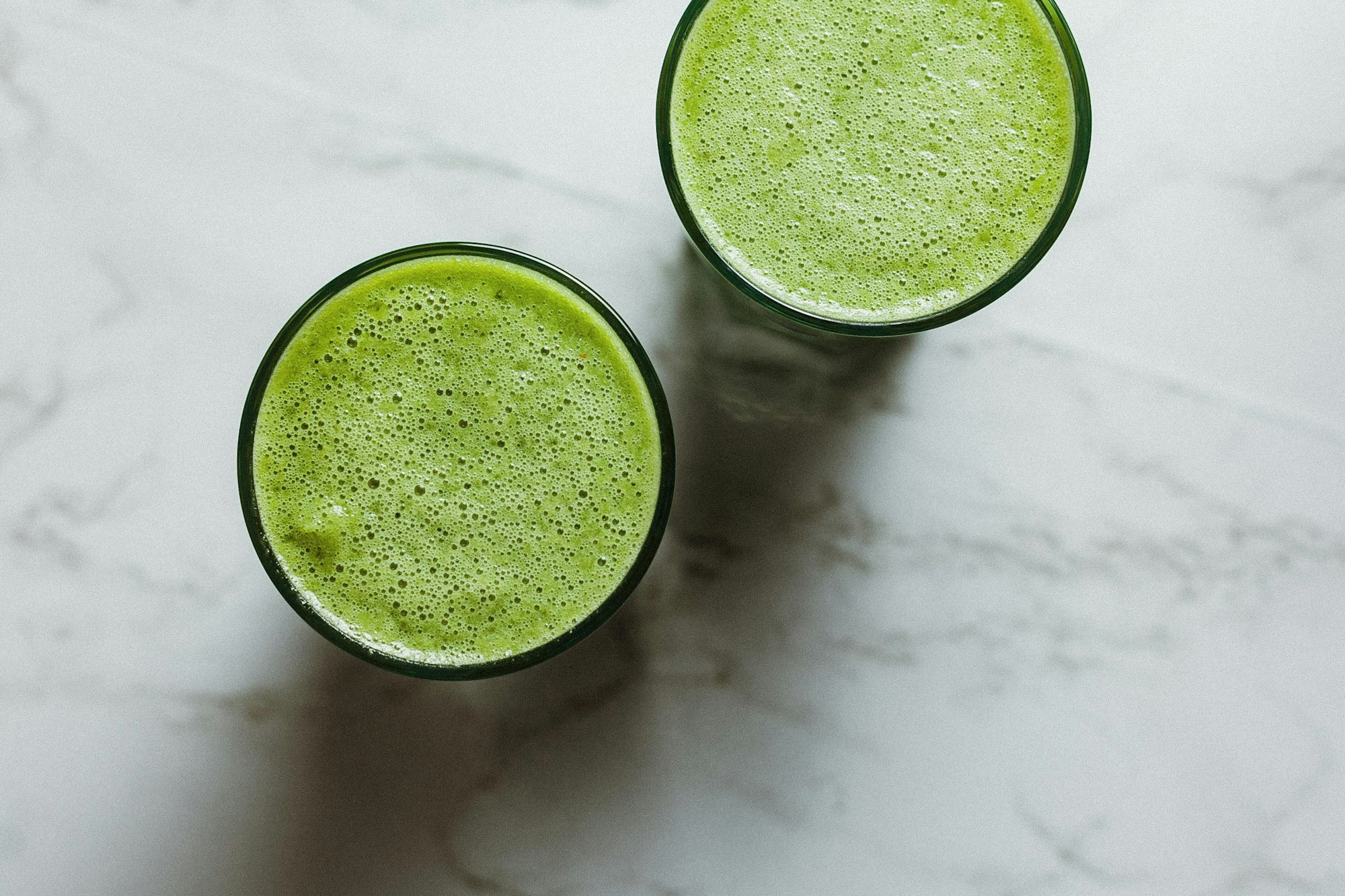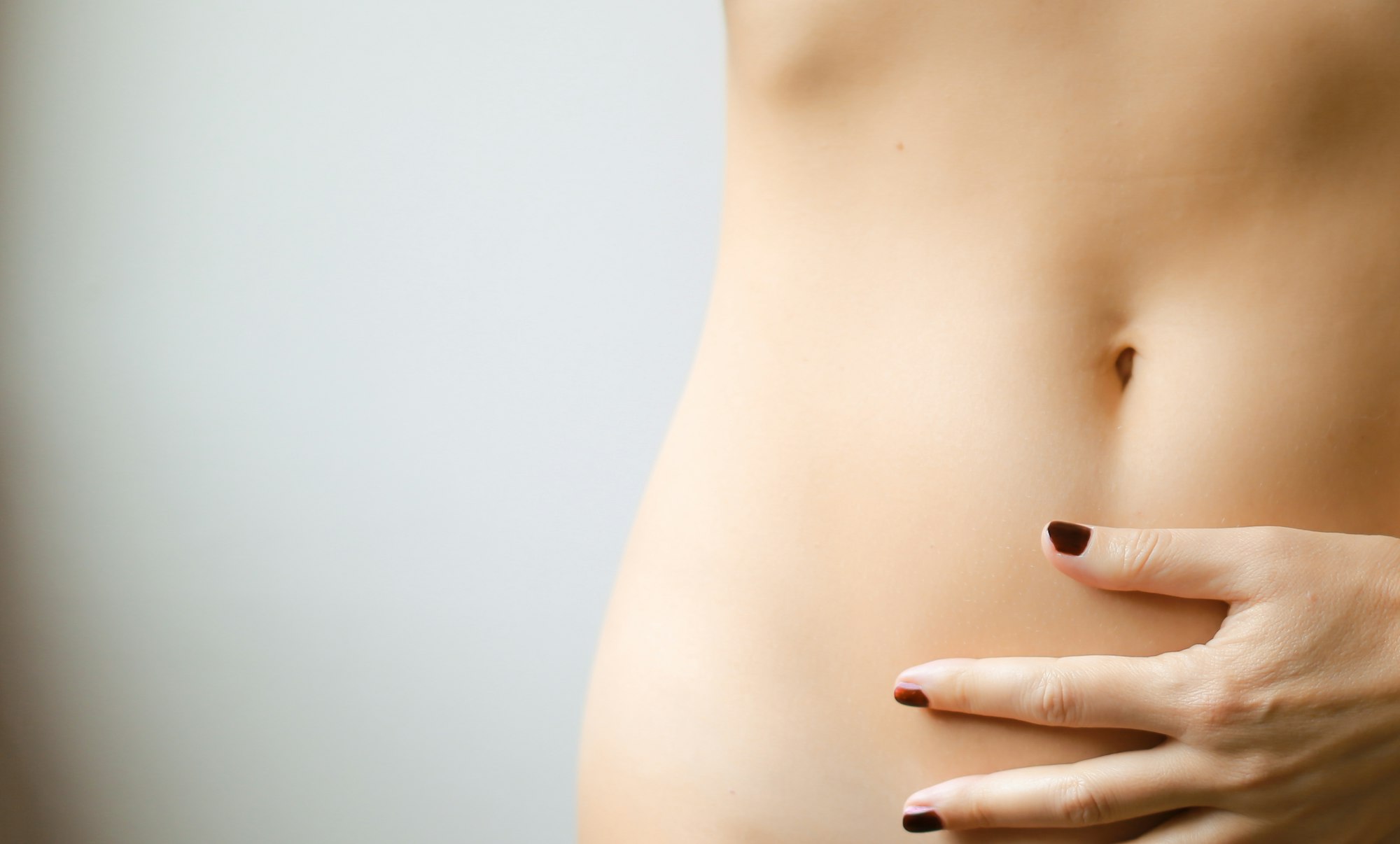Social media is brimming with health hacks, many of which are not effective and, in some cases, unsafe. Here’s the round-up of the health trends you should avoid this summer.
The rise of social media and diet culture go hand-in-hand, and with that has come a plethora of wellness trends and quick fixes to get the results you want and supposedly improve your health. Many of us have fallen victim to trying these health hacks, but some of these trends can actually be quite risky and come with a range of side effects for you and your gut.
In this article, we’ll go over some of the worst wellness trends that have been recently popularized and the potential hidden side effects they can have on your body.
Table of Contents
- 1. Apple Cider Vinegar for Fat Loss
- 2. Detoxing with Activated Charcoal
- 3. Flat Tummy Teas
- 4. Juice Cleansing
- 5. Chlorophyll Water
- 6. Waist Trainers: the Modern-Day Corsets
- 7. Colonic Hydrotherapy
☝️DISCLAIMER☝This article is for informational purposes only. It is not intended to constitute or be a substitute for professional medical advice, diagnosis, or treatment.
1. Apple Cider Vinegar for Fat Loss
Apple cider vinegar has recently been touted across the internet as the magic key to weight loss. The people who promote it say that all you have to do is drink a shot of apple cider vinegar a day, and your stubborn fat will be gone in no time. But what is apple cider vinegar, and what is it actually doing to your body?
- erode tooth enamel
- chemical burn of the soft tissues lining the mouth, oesophagus, and stomach
- delay digestive processes, causing problems like indigestion, and nausea.
Although apple cider vinegar may have benefits (emphasis on may) when used diluted and topically on the skin to treat eczema and for blood sugar levels in people with type 2 diabetes, it’s probably best to save it for your salad dressings and not take shots of it like tequila.
☝WARNING☝ Always dilute apple cider vinegar, regardless of what you use it for.
2. Detoxing with Activated Charcoal

Activated charcoal is a highly processed form of carbon that is great at binding to other substances due to its high porosity, and makes for fantastic Instagram photos when put into foods and drinks due to its signature jet-black colouring. But does it actually have the “detox” benefits that people and brands claim?
In hospitals and emergency rooms, activated charcoal is used to treat drug overdoses and poison before these substances enter the bloodstream. But as far as removing impurities from your body, like the “toxins” of a bad diet or the lingering hangover symptoms the morning after a fun night out, it’s not going to do much because these substances are already in your bloodstream.
Consuming activated charcoal, especially on a regular basis, can do more harm than good. It can prevent your body from absorbing the nutrients and minerals you need by binding to them before they can be absorbed by your gut, leading to nutrient deficiencies and even malnutrition. The same thing can happen to any medications and supplements you may be taking, which can make them less effective.
3. Flat Tummy Teas

The Kardshians and other influencers across Instagram have countless sponsored posts on their pages selling flat tummy/detox teas as their secret to maintaining their figures and managing their weight. But what are they really trying to sell you? The short answer is laxatives.
Most of these teas are marketed as a seven to fourteen day cleanse to give you energy and help kickstart your weight loss journey, but in reality, all they’re doing is irritating your bowels and causing you to spend more time on the toilet than motivating you to achieve your health goals.
The true secret to detox teas is in the ingredients. While the base of these teas might be black tea or oolong, they also contain senna, alongside guarana (a source of caffeine) and the natural caffeine in the base tea blend, that trigger a laxative effect and empty your bowels. Side effects detox teas include:
| cramping | stomach irritation |
|---|---|
| cramping | stomach irritation |
| diarrhoea | electrolyte imbalances |
| nausea | nutritional deficienices |
| headaches | dehydration |
The overuse and abuse of detox teas and other laxatives can do permanent damage to the liver and colon, and can cause laxative dependency where the use of laxatives is required to have regular bowel movements. And if someone drinking these teas does lose weight, it’s most likely just water weight that will be gained back shortly after they stop following the detox program.
☝FACT Laxative abuse is a form of eating disorder that can have serious consequences for a person’s health.
4. Juice Cleansing

While there’s nothing wrong with getting some extra fruit and veggies in your diet through juice, it shouldn’t be the only thing you’re consuming, which is what juice cleanses propose. A juice cleanse is a couple of days to weeks where you drink 6-12 glasses of juice every day, and that’s it.
Most companies market their own products for the cleanse with their predetermined concoctions of fruit juices, spices, and other ingredients with the premise of detoxifying your body and aiding in weight loss, but there are numerous guides online with recipes to do it yourself. And shockingly, neither are good for you (note the sarcasm)!
Juice cleanses are extremely low in calories and in protein, leaving you feeling weak and quite frankly, hungry. Most of the side effects of a juice cleanse are just side effects of hunger, which include headaches, fatigue, dizziness, moodiness, and stomach pain. Many people often experience diarrhoea during the cleanse and even for a few weeks after as their body readjusts to solid foods again.
And if you go too long on the liquid only diet, your body might start breaking down muscle for energy which, in turn, slows down your metabolism, making it harder for you to lose weight in the long run.
5. Chlorophyll Water

TikTok has recently become one of the most powerful tools on the internet for spreading information quickly and efficiently. New products and tips can go viral within hours, and suddenly products are flying off the shelves and everyone is trying to participate in the new trend.
One of the most recent viral trends in the health and wellness community is drinking liquid chlorophyll as the miracle cure for a myriad of problems. People claim it can help with weight loss, can substitute your daily caffeine, and can even clear your acne, along with numerous other “benefits”, but there’s very little evidence to support these claims.
Chlorophyll is the pigment found in plants that gives them their green colouring, but because natural chlorophyll is unstable on its own, the product that’s actually being sold in liquid chlorophyll is a byproduct of chlorophyll, called chlorophyllin.
While there hasn’t been enough research done to know of any adverse effects of ingesting chlorophyllin - aside from looser, green stools - because it’s considered a supplement, the production of liquid chlorophyll isn’t regulated the same way food is, and it’s hard to know what else companies might be putting in it.
☝TIP☝If you want to add more chlorophyll to your diet and reap the benefits of its antioxidant properties, the better and more nutritious way to do so is by making sure you’re eating the daily recommended amount of veggies, specifically leafy greens.
6. Waist Trainers: the Modern-Day Corsets
Waist trainers have been popularized over the past few years by influencers and celebrities alike (thanks again, Kardashians) as a way to achieve the highly sought after hourglass figure and a flat stomach. It is a thick, elastic compression band with laces or hook-and-eye closures that are meant to shape your midsection and shrink your waist.
To achieve this desired look, it’s recommended that you wear the waist trainer for at least eight hours a day for up to six weeks, and even then, the results are only temporary and you can be doing long-term damage to your body.
Most people wear waist trainers thinking that it will give them a stronger core and tighten their abdominal muscles by pushing them together, but it’s actually doing the opposite. When you’re compressing your midsection and constricting the blood flow to those muscles, you’re not able to engage your core and the muscles deactivate, causing a loss of strength and definition over time.
Your abdominal muscles serve to protect your internal organs, and when they lose their strength, rather than the pressure of the waist trainer being put onto the muscles, it’s putting pressure on your organs. Waist trainers can significantly constrict your lungs and trigger digestive issues, like GERD (acid reflux).
Some of the other short-term effects of wearing a waist trainer are difficulty breathing, bruising, and skin irritation. So if your goal is to have a stronger core and a defined waist, the safer way to achieve it is through a healthy, balanced diet and a consistent exercise regime, not by squeezing your body into an unnatural shape for temporary results.
7. Colonic Hydrotherapy

In the medical field, a person’s colon really only needs to be emptied in order to eliminate any waste from the colon before a colonoscopy or a surgical procedure. This is done with a special liquid solution that a person drinks and then spends many hours in the bathroom.
Yet, in the cosmetic field, some practitioners are recommending a slightly different version, known as colonic irrigation or colonic hydrotherapy, in which the colon is flushed with about 40–60L of water via a hose inserted in your anus. That’s right, it’s basically a fancy enema with spa music and candles.
This method of detoxifying the large intestine to claimed to help with weight loss, better digestion, and increased energy. But is a colon cleanse necessary, and is it good for your health?
So unless your doctor prescribes the procedure for a medical exam, it’s best to let your gut naturally detoxify your body. After all, that’s what your colon is for.
☝Remember, just because a health trend is popular on social media doesn’t mean it’s actually good for you. It’s important to do your own research and decide what’s best for your body, and if something sounds too good to be true, it probably is.



















